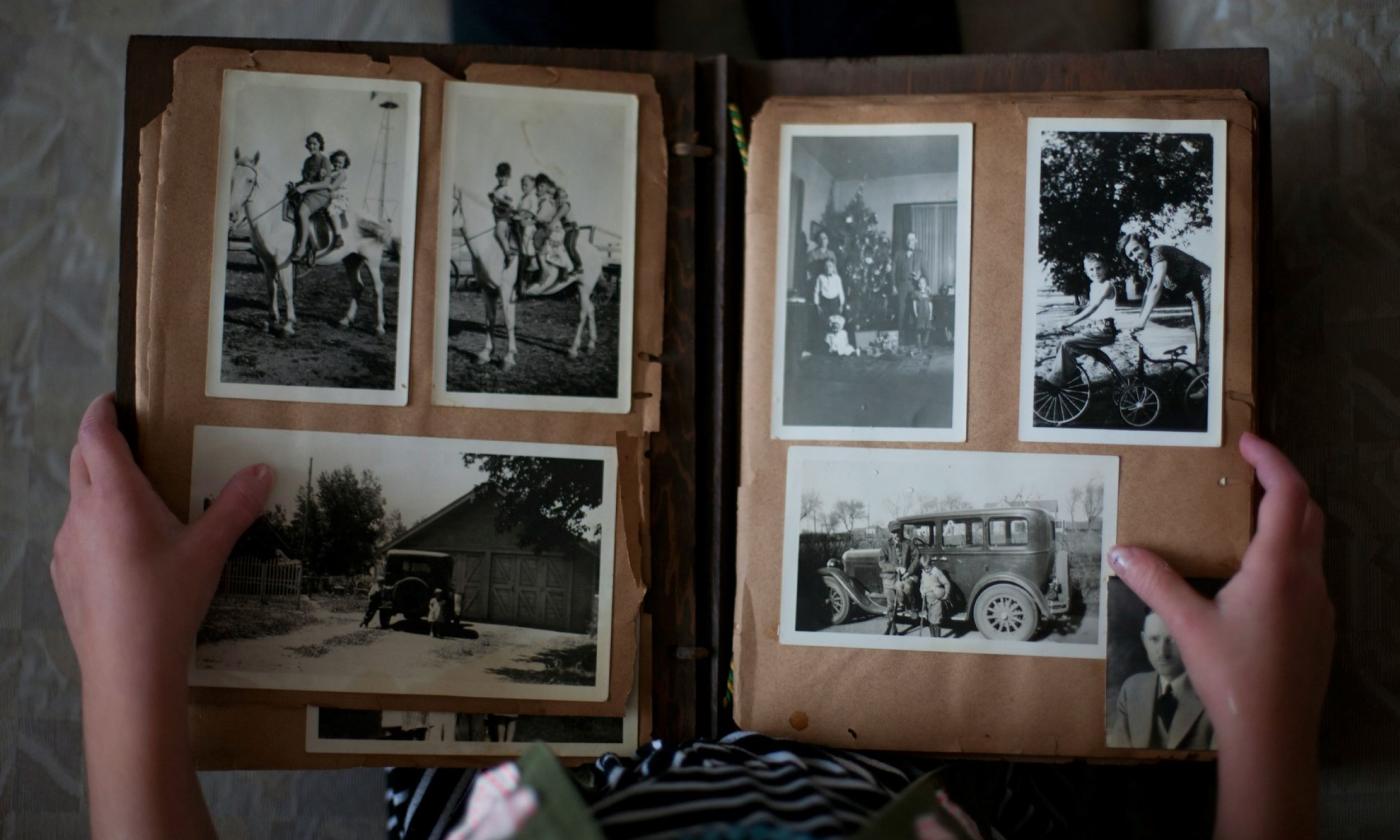
Three Tips for Tracing Family History.
Gigi Best-Richardson, local historian, shares genealogy insight.
Three Tips for Tracing Family History.
Best-Richardson's Personal Genealogy Journey
After retiring from her federal government position in 2007, Best-Richardson became interested in exploring her family history. She began her ancestral research with a great-aunt who had lived with her mother, using the pedigree charts to connect family births, marriages, and deaths.
These charts, preserved and passed down by her grandmother, Bigmeat, became invaluable resources. As Best-Richardson delved deeper into her studies, she remained determined to uncover the forgotten chapters of her family's history.
"When I began my genealogy journey, I had to go to courthouses and museums, "Best-Richardson states. "I went to the National Archives. "My husband and I still visit museums because you obtain a lot of valuable information."
Best-Richardson's research unveiled astonishing discoveries, revealing her rich African and English ancestry.
"I proved that my eighth-generation grandfather is called “the father of North Carolina because he purchased the first deed in North Carolina from the Yoepim Indigenous Chief. And Durant was European," Best-Richardson said.
Best-Richardson offers guidance on how to avoid common mistakes made by new researchers.
Tip #1: Join Genealogical Societies, Bring Your Family
Best-Richardson's ninth-generation grandmother, Margaret Cornish, was among the “20 and Odd" Africans taken from Angola and brought to Jamestown. Best-Richardson discloses that she is of African descent on her eighth great-grandfather's side and proudly belongs to the Society for the First African American Families in English America (SOFAFEA).
In addition, she is actively involved with various organizations dedicated to preserving family history.
"I'm in the Daughters of the American Revolution, "Best-Richardson states. I'm going to their yearly conference and taking my granddaughter, "Best-Richardson said. "So she will begin learning more about my fifth great-grandfather. That would be their seventh great-grandfather."
Tip #2: Surnames Can Be Tricky, Look Closely
"The common mistake people make is that they see a last name and assume it's their ancestor when it might not be just because of the surname," Best-Richardson said. "There is a fallacy that most enslaved people took the enslaver's name. But it's been proven that that's not the case."
Best-Richardson's 3rd great-grandfather, a blacksmith by the name of Peter Warters was enslaved, while his wife was a free woman of color. She is listed in the 1850 and 1860 censuses, but her husband (Best-Richardson's 3rd great-grandfather) did not appear until 1870 because enslaved people were not generally mentioned by name until long after Emancipation.
However, in the 1880 census, Best-Richardson's 3rd great-grandfather's last name changed to Fuller, adopting his wife’s neighbor’s last name. These minor alterations could confuse those constructing their family tree, but Best-Richardson stresses the importance of carefully noting such subtle changes.
Tip #3: Watch Out for Misspellings
"Census takers also spelled a lot of names incorrectly and I've heard that from so many people who have gone back to trace their roots, "Best-Richardson states. "Some (Census Takers) were little above being illiterate themselves. So they did a lot of naming people by what the name sounded like. And one of my great grandfathers, his name was misspelled five times. But I knew his name and knew it was him by where he was noted on the census."
Visit the BRADLC
Drawing on her extensive experience in genealogy and her passion for helping others uncover their African, Indigenous, and European roots, Best-Richardson shares her expertise through books, workshops, and personalized sessions. Classes are held at the Best-Richardson African Diaspora and Culture Museum or online.
She is available for appointments from Wednesday through Saturday, providing educational sessions on genealogy online and in person.
The St. Augustine Black History App
Created in collaboration between Visit St. Augustine and Florida's Historic Coast, this resource brings history to the palm of your hand. Our mission is to connect the locals and visitors of today to significant stories of St. Augustine's African American History.
It is available for free on the Apple App Store and Google Play Store: St. Agustine Black History App Download Link.
Resources
Online Sources
Best Richardson African Diaspora Literature & Culture Museum

